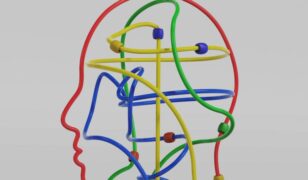Centreville, VA-based Parsons Corporation announced December 2 the creation of an organically developed series of Cloud Native Stream Platforms that deliver government and commercial customers with capabilities to meet current and future mission objectives of processing ever-increasing data volumes. Their scalable nature ensures maximum cloud resource utilization and performance while reducing costs associated with infrastructure overhead.
Parsons’ cloud platforms have two distributions: Cloud Native Streaming Platform (CNSP) and Kubernetes Native Stream Platform (KNSP) to meet each customer’s specific mission and cost requirements. The CNSP is currently operating today within the nation’s Intelligence Community, while KNSP just completed Parsons’ innovative research and development process and is now ready for distribution.
“Both platforms are affordable, resilient, fault-tolerant, and scalable while providing extensive and reusable design that supports any cloud application,” said Ron Alford, space architecture program leader for Parsons. “Parsons flexibility enables us to leverage best-of-breed technologies and deliver world-class solutions to our customers.”
CNSP leverages Amazon Web Services (AWS) best practices, managed service offerings, and open source components, while KNSP uses Kubernetes container orchestration, open source components and features a hybrid-cloud deployment between any combination of on-premises, AWS, and Azure.
Each system monitors real-time IT infrastructure using Parsons’ proprietary framework, allowing users, managers, and customers to quickly assess system performance while simultaneously visualizing system health, cloud status, and cost metrics.
The CNSP/KNSP dashboard supports the identification of system bottlenecks and data flow issues. The Cloud Native design of these frameworks permits system scaling from small development requirements to internet-scale, no-fail mission capabilities. Both platforms’ stateless architectures with proprietary automated self-healing capabilities ensure component failure does not impact whole system processing, maintaining mission success while enabling the system’s recovery from unforeseen failure automatically.
Source: Parsons








